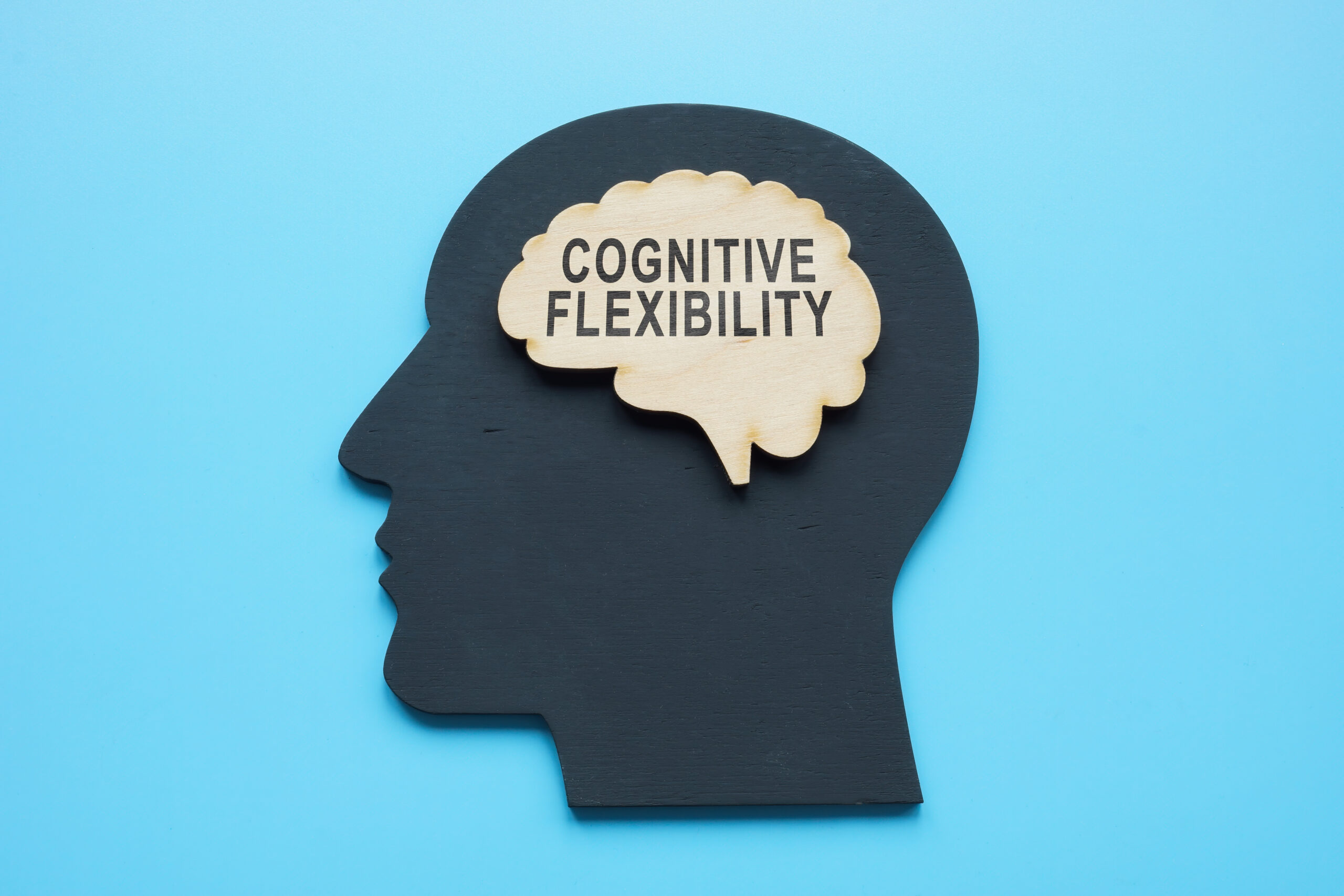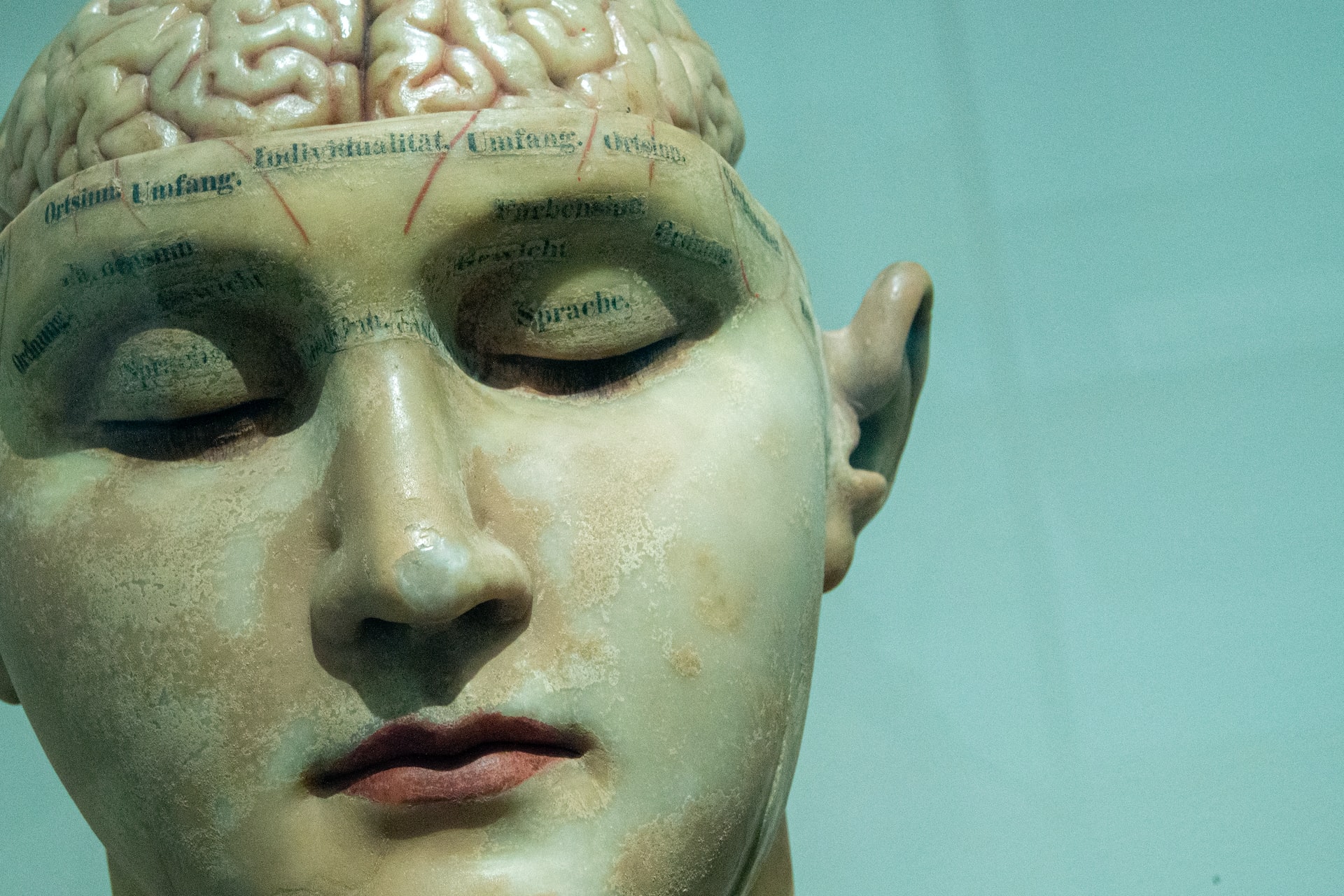Tell me about brain disease model of addiction
The brain disease model of addiction is a theory that suggests addiction stems from changes in the brain that occur due to drug or alcohol use. This model views addiction as a chronic, relapsing brain disorder rather than a moral failing or lack of willpower.
Before we dive into the brain disease model, it’s important to understand what addiction is. Addiction is defined as a compulsive and harmful behavior towards a substance or activity despite negative consequences. It is a complex and multifaceted issue that affects millions of people worldwide. The causes of addiction can vary, but research has shown that biological, psychological, and social factors can all play a role.
The brain disease model of addiction was first proposed in the 1930s by Dr. E.M Jellinek, a pioneering researcher in the field of alcoholism. However, it gained more widespread recognition in the 1990s with the emergence of new technologies that allowed scientists to study the brain in more detail.
The basic premise of this model is that repeated drug use causes changes in the brain’s structure and functioning, leading to compulsive drug-seeking behavior and loss of control over drug use. These changes are believed to occur in three areas of the brain: the reward system, the stress system, and the executive control system.
The reward system is responsible for regulating feelings of pleasure and motivation. When we engage in activities such as eating, exercising, or socializing, our brain releases a chemical called dopamine, which makes us feel good. Drugs and alcohol also stimulate this system by flooding the brain with dopamine, creating an intense feeling of pleasure. However, with repeated drug use, the reward system becomes desensitized, and the individual needs more and more of the substance to achieve the same level of pleasure. This is known as tolerance.
The stress system, also known as the hypothalamic-pituitary-adrenal (HPA) axis, is responsible for our response to stress and emotional regulation. Chronic drug use can disrupt this system, causing it to overreact and release stress hormones even in non-stressful situations. This can lead to increased feelings of anxiety and irritability, which can drive individuals to use drugs as a way to cope.
The executive control system is responsible for decision-making, impulse control, and self-regulation. Chronic drug use can damage this system, making it difficult for individuals to control their drug use even when they want to stop. This can also lead to a lack of awareness of the negative consequences of their actions and a focus on immediate gratification rather than long-term goals.
The brain disease model also takes into account genetic predispositions and environmental factors that may contribute to the development of addiction. Researchers have identified specific genes that may increase an individual’s vulnerability to addiction, and environmental factors such as trauma, stress, and peer pressure can also play a role.
One of the key implications of the brain disease model is that addiction is a chronic condition that requires ongoing management and treatment. Just like other chronic diseases such as diabetes or hypertension, addiction cannot be cured but can be managed with proper treatment and support. This model also highlights the importance of prevention, as early intervention can help prevent these brain changes from occurring.
Critics of the brain disease model argue that it oversimplifies the complex nature of addiction and ignores the psychological and social factors that contribute to its development. They also point out that not everyone who uses drugs or alcohol becomes addicted, and some individuals are able to overcome addiction without professional treatment.
However, the brain disease model has been supported by various studies and has been recognized by medical organizations such as the American Society of Addiction Medicine. It has also led to more research into the neuroscience of addiction and the development of new treatments targeting specific brain areas.
In conclusion, the brain disease model of addiction offers a valuable perspective on understanding addiction as a chronic brain disorder. It highlights the importance of addressing the underlying brain changes through comprehensive treatment and support. However, it is essential to remember that addiction is a complex issue with various contributing factors, and no single model can fully explain it. With continued research and understanding, we can continue to improve our understanding and treatment of addiction.





